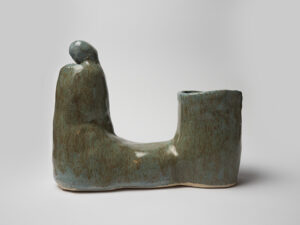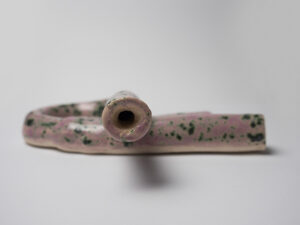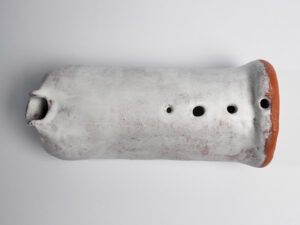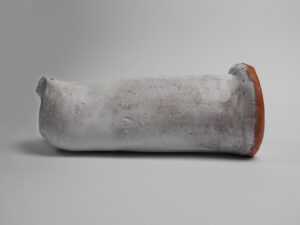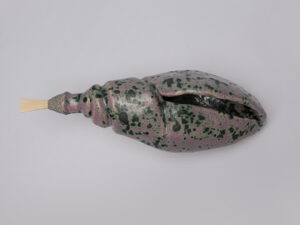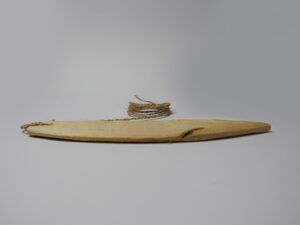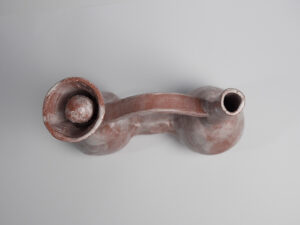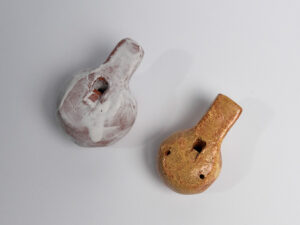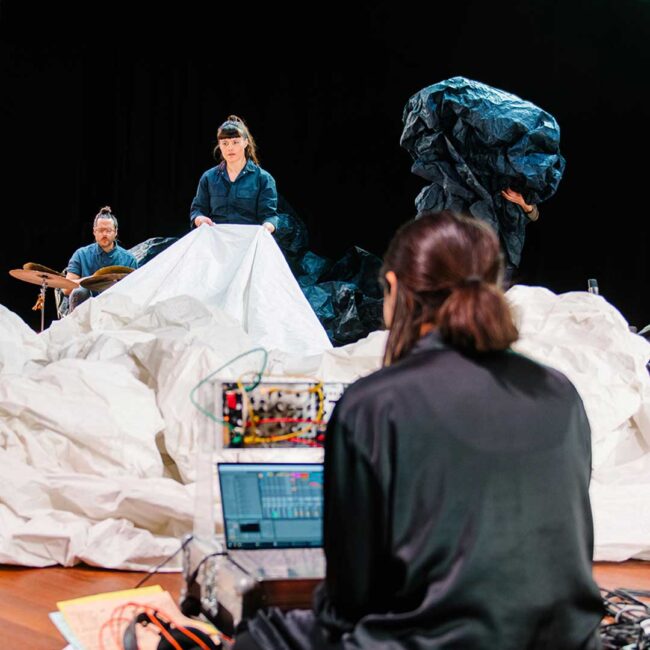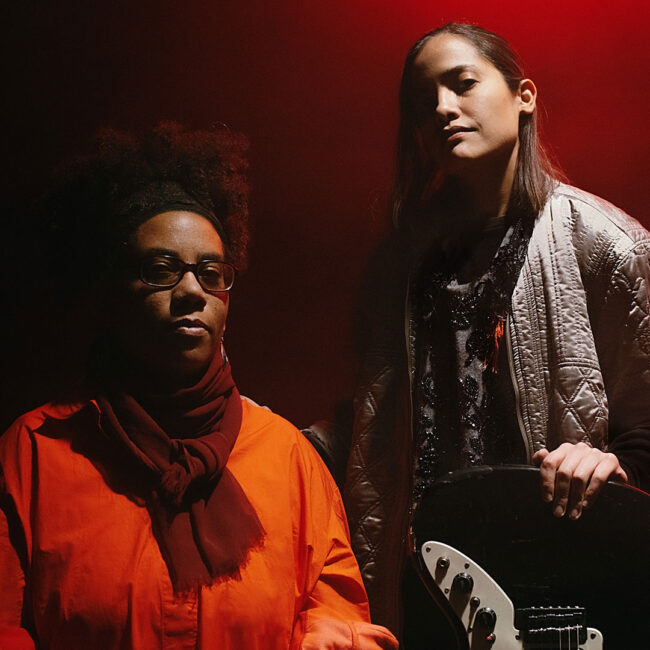Near and Remote Memory Activation Practices, w/ Tatiana Heuman
Near and Remote Activation Practices is a live performance by experimental instrumentalists Ale Hop (Peru) and Tatiana Heuman (Argentina). Inspired by South American sound technologies and organology, the artists have created clay instruments – such as bottle whistles, flutes, rattles and trumpets – which they combine with electronic synthesis techniques. It premiered in Amsterdam at Sonic Acts Academy 2022.
By choosing clay as their primary material, they also reclaim it as a technological and sonic medium. The performance blends the acoustic textures of these handmade instruments with spoken word passages, adding a narrative layer that references a myth of creation in a world wounded by crisis and ecological collapse. Through sound and narrative, the work invites the audience to reflect on the sound and materiality of ceramics – earth, wind, fire and water – and connects them to the cosmological dimensions of these elements in the present.
As the backbone of the research, they use two comprehensive organological studies, the seminal book from Carlos Vega, “Los instrumentos musicales aborígenes y criollos de la Argentina”, and the Peruvian study from Cesar Bolaños, “Mapa de los instrumentos musicales de uso popular en el Peru.”

starting point
Facing the challenge of presenting a proposal within the framework of an initiative of digital creation, technology and innovation, the artists began the project by questioning our artistic practices, as musicians and sound artists “working with technology” (that is, with computers, electronic instruments, and other devices of limited lifespan) in relation to our ecologically wounded world.
They considered the importance of a broader definition of technology within their disciplines, which led them to the idea of making other types of tools visible, like the musical instruments of the people that inhabited the territories where they were born (Argentina and Peru), and whose manifestations still exist in communities silenced by ideas of progress.
The artists decided to fabricate their own instruments, not to become expert instrument crafters throughout the project, nor to create a reinterpretation of what could have been the musical past of these territories, but to explore the sound technologies and languages that these tools can afford. Furthermore, to use this knowledge to create original artifacts and a live performance.
INSTRUMENT CATALOG





